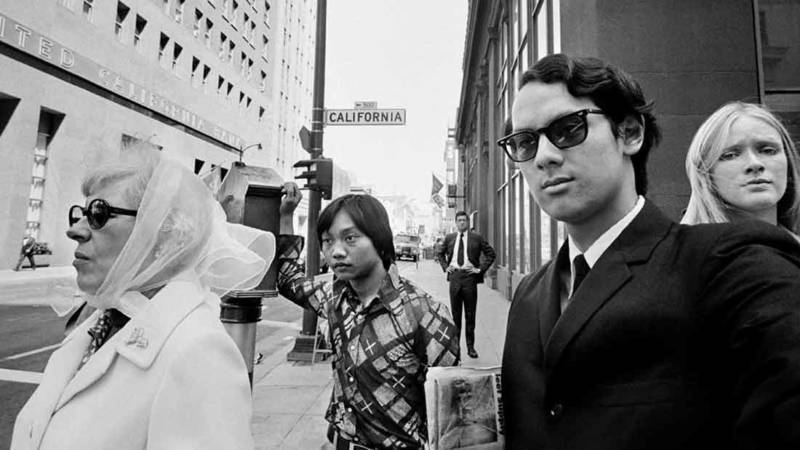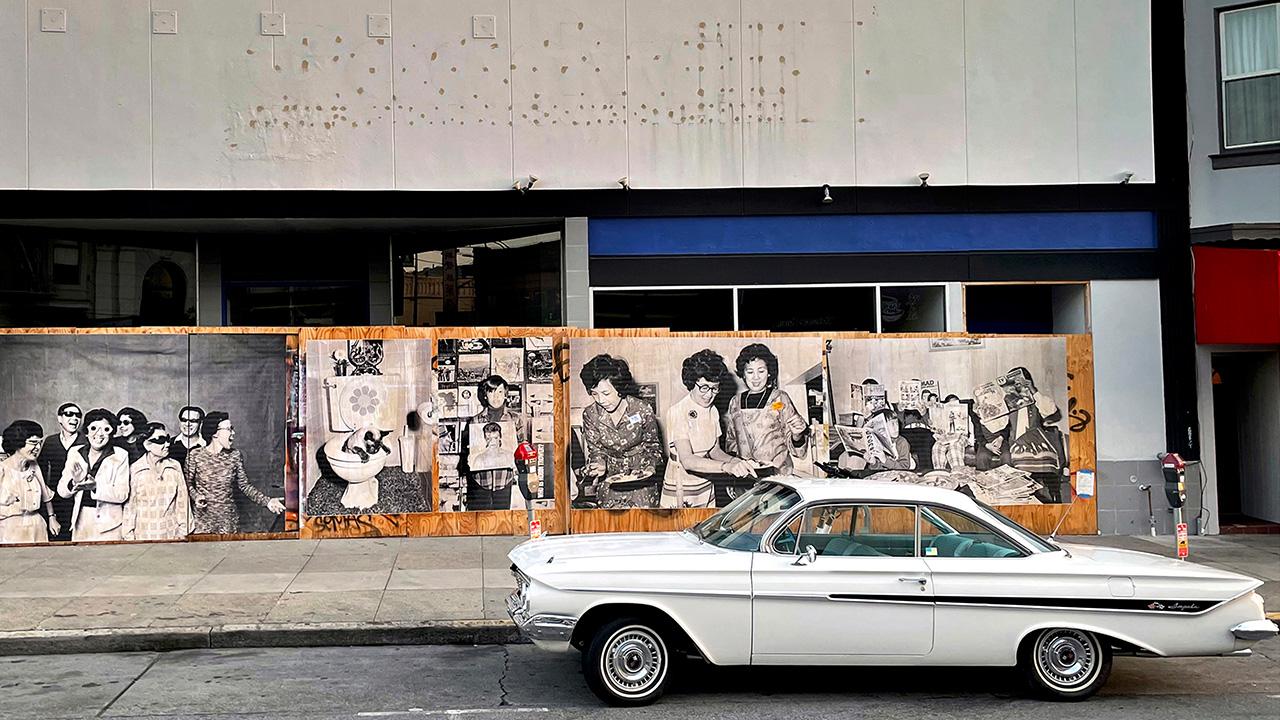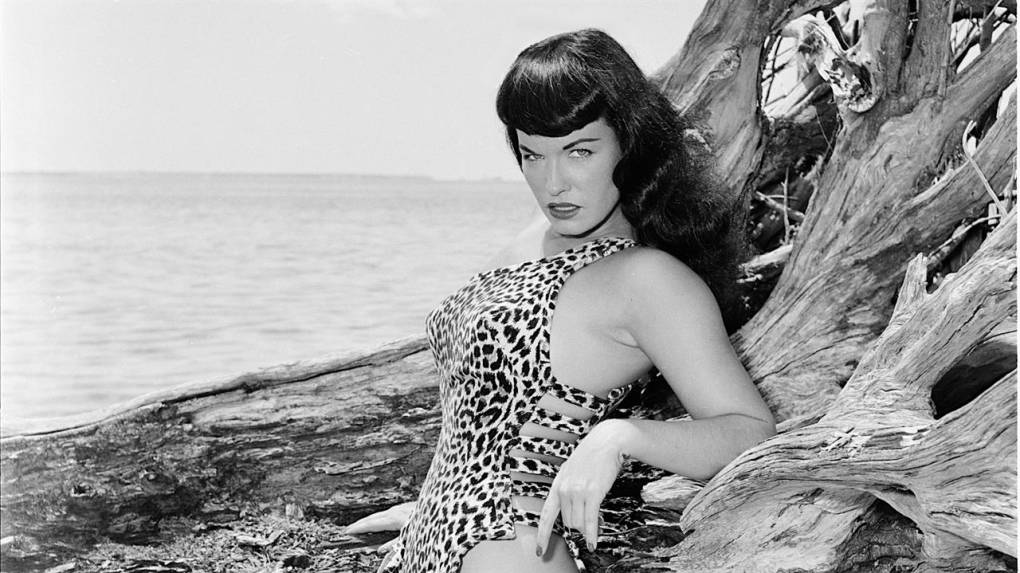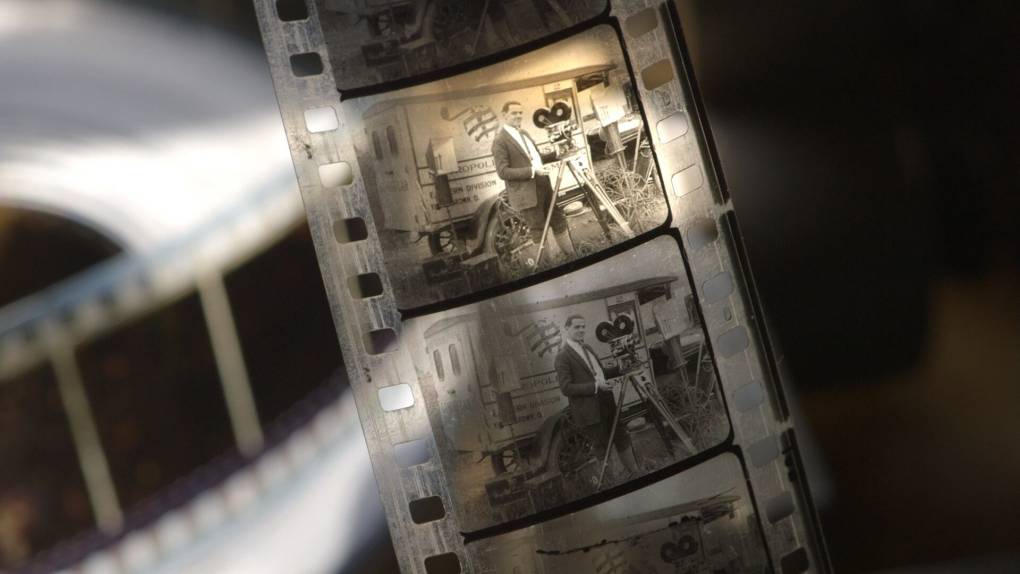Michael Jang is an authentic San Francisco character. He is also a gifted photographer. You didn’t know? Michael Jacobs is here to help.
Jacobs’ fascinating portrait, Who is Michael Jang?, has its world premiere Thursday, May 30 at the Roxie on opening night of the San Francisco Documentary Film Festival (aka SF DocFest). The screening shapes up to be a raucous celebration of a cult NorCal figure, with Jacobs beaming from the edges of the spotlight.
The self-effacing Marin County documentary maker made a splash with his 2007 debut, Audience of One, the jaw-dropping saga of a Pentecostal minister of a small congregation in the Richmond who declares out of the blue that God has instructed him to make a film. Not a homemade inspirational parable, however, but a multimillion-dollar sci-fi epic.
Since its long-ago festival run Audience of One has only been available as a hard-to-find DVD — it’s never been licensed to a streaming platform — yet it’s one of those docs that sticks in the memory. That’s a Michael Jacobs trademark: audiences forget his name but not his characters and stories. (His 2014 short doc The High Five honored gay major league ballplayer Glenn Burke, who introduced the high five celebration with Dodger teammate Dusty Baker in 1977.)
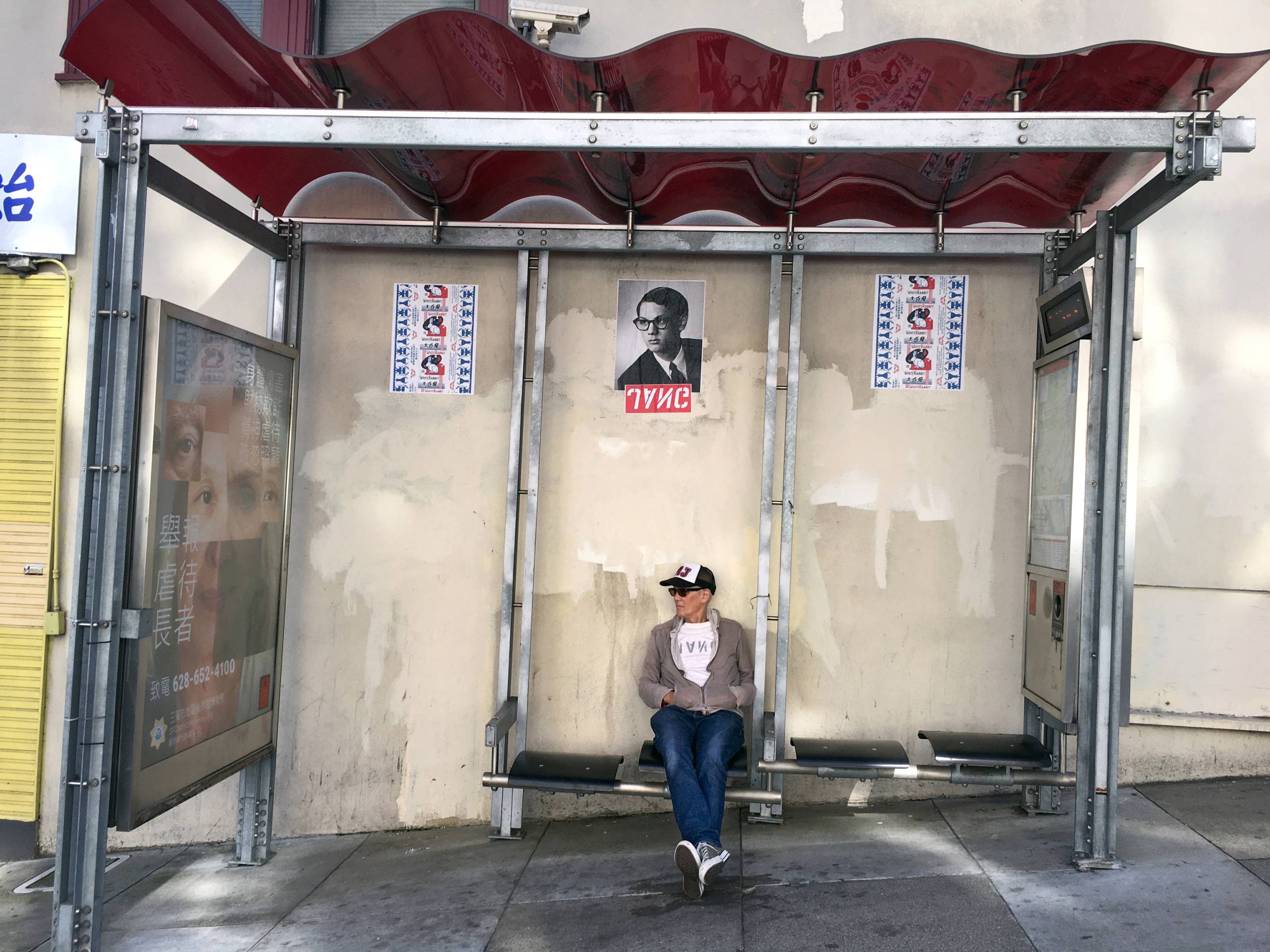
Jacobs met Jang when they shared the bill at a Pop-Up Magazine show in 2015. Jacobs and Barry Jenkins (pre-Moonlight) presented a short, Boxing Gym, they shot in Oakland. Jang showed some of the headshots he took of local contestants trying out to be meteorologists for a local newscast in the late 1980s (which are included, thankfully, in Who is Michael Jang?).
